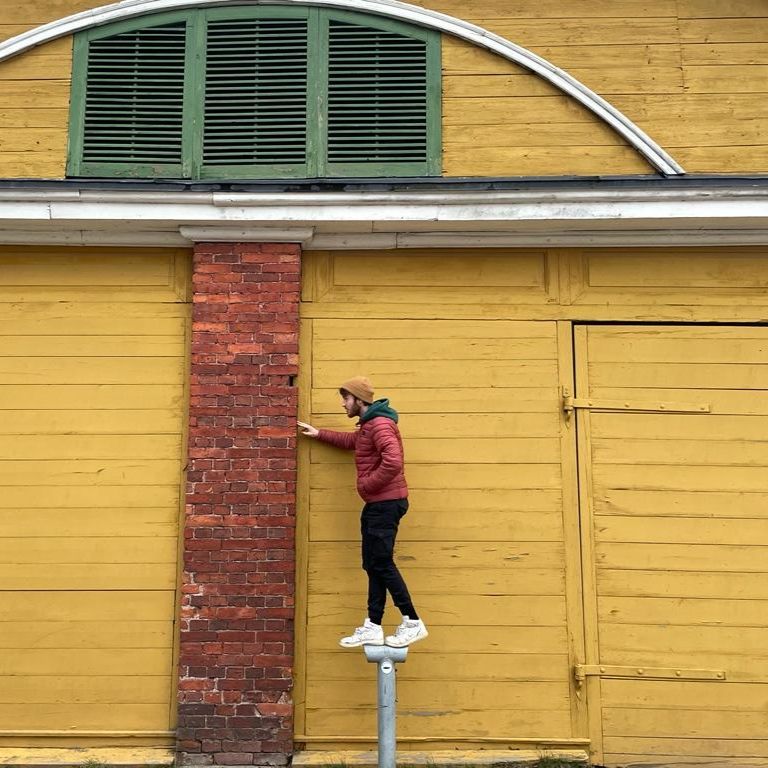Elevate Your Nature Photography Shots With These 11 Essential Tips
Rent film gear from local filmmakers.

Rent film gear from local filmmakers.
Nature photography is by far one of the most famous genres of photography. No wonders: we all want to frame the perfect landscape.
Want to frame this flawless scenery? Here are our 11 tips to elevate your nature photography shots.
What is nature photography?
Nature photography is a wide range of photography taken in the outdoors whose main goal is to represent natural elements such as wildlife, plants, and of course, landscapes.
It overlaps and encapsulates other photography fields such as wildlife photography, landscape photography, and even garden photography.
More than being just a specific field of photography, nature photography is also an art, where the emphasis is put especially on the aesthetics of the picture, more for example than product and documentary photography.
And, like every art, this one can, and should, be mastered.
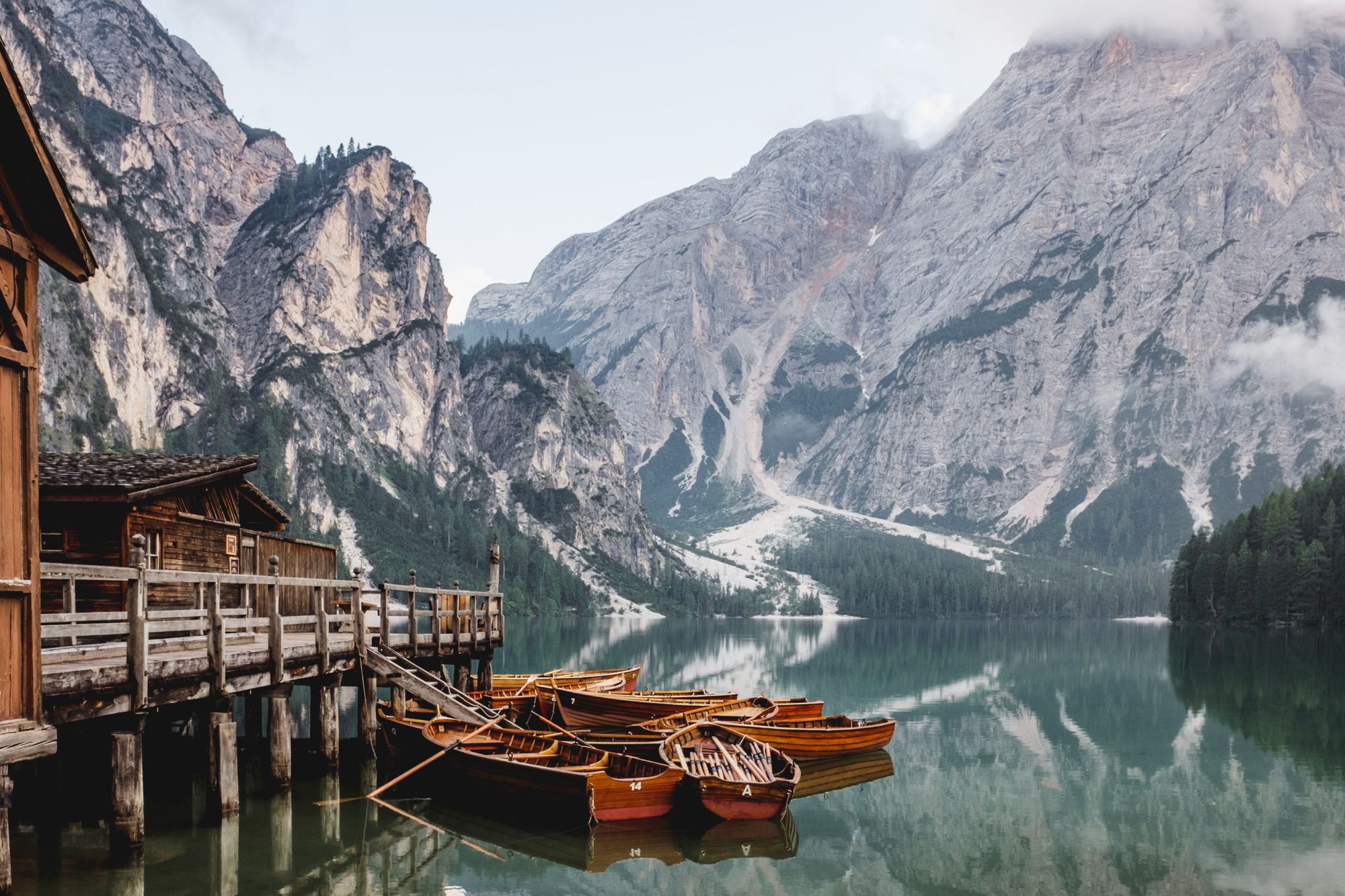
11 Tips for getting into nature photography
Here are our 11 tips for taking the perfect nature photography shot, and this even if you are a beginner.
1. Focus on lenses with a longer focal length
Picking up the right lens is the first step towards getting into this field of photography.
Even though finding one perfect lens for a particular type of photography is quite simply impossible, we can still try to shorten our picks to focus on which one would be the best for this type of environment.
As nature is mainly composed of big and open spaces, the best pick for a lens would, in general, be lenses with a longer focal length. This is for two reasons.
- The first one is distance. As said above, nature and landscapes are usually pretty big, and sometimes your subject (an animal for example) won’t necessarily be right next to you. That said, if you pick a lens with a long focal length, that distance won’t be an issue anymore, as you will be able to zoom on it without any problem.
- And the second one: clarity. When taking a picture outside, we want our subject to be represented most gloriously: being very clear and sharp, and this in front of a beautiful yet blurred background, as this will put more emphasis on the subject. Picking a lens with a wide aperture between f/1.4 and f/2.8 will do the trick.
2. Separate subject from the background of the frame
The most beautiful shots from nature usually feature an animal, an insect, or a plant.
To do so, we need to make sure that our subject will be separated from the background.
And, as I said just above, one of the best tricks to achieve this is to pick a lens with a wide aperture, usually between f/1.4 and f/2.8. As we might get somehow close to that subject, I recommend taking a lens in the wider half of this range (so f/2.0 to f/2.8).
When the focus is put on the subject in the foreground, the details on it will pop and provide a beautiful and clear picture. The background will then be left blurry and creamy.
3. Zoom in and crop close on your subject
Not all nature shots features open wide shots from mountains or forests. Sometimes, the most beautiful shots are taken up close to the subject, creating a feeling of closeness with it.
Don’t hesitate to zoom in and to get close to your subject, especially when wanting to capture a leaf, an insect, a bird, or even the forest floor.
To capture as most details as possible, I recommend using macro-lens, which will brighten and elevate your shot.
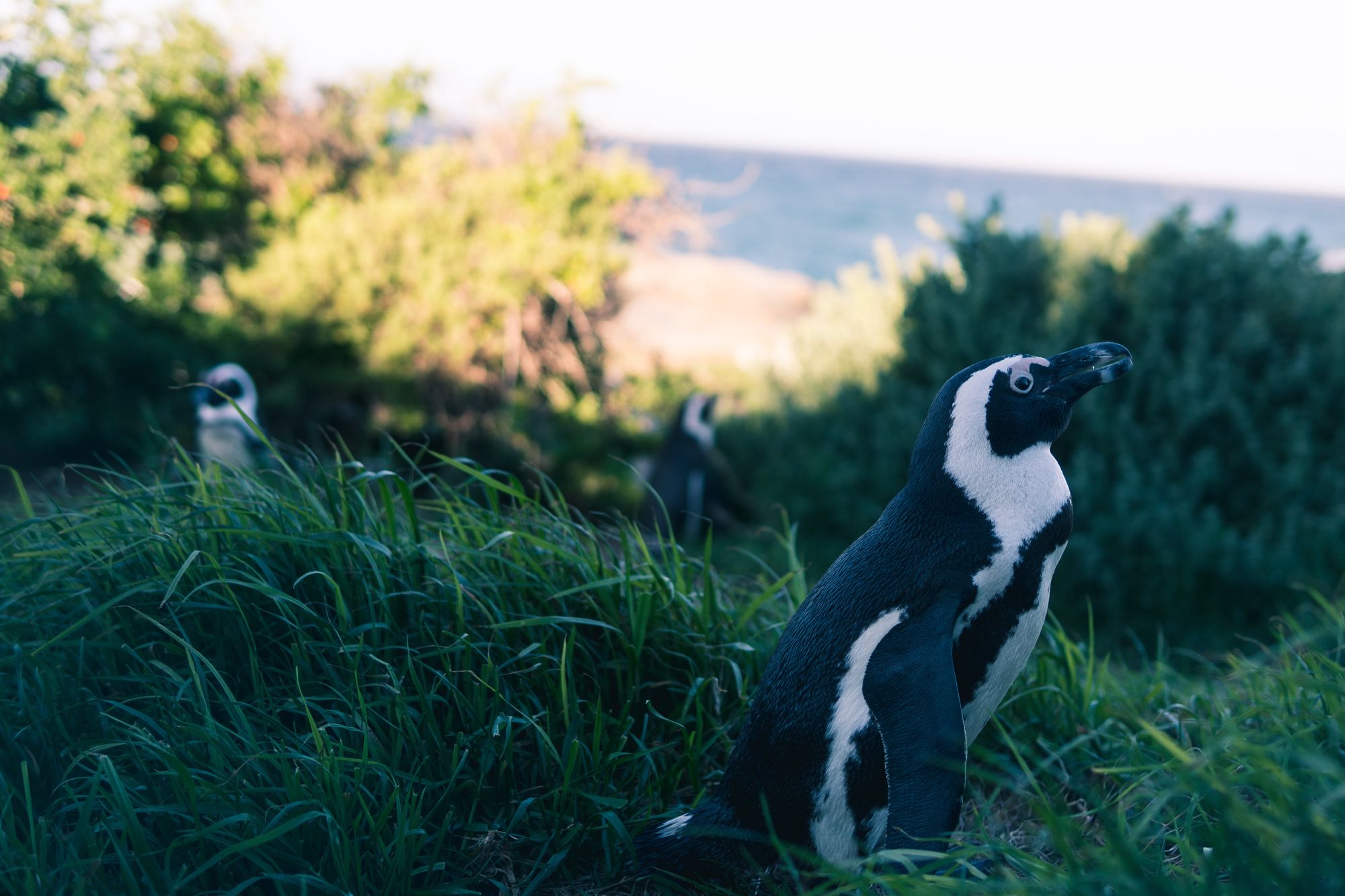
4. Understand the subjects you’re shooting
Photographing landscapes probably is the easy part of nature photography. Photographing animals isn’t. For many reasons. And the first one might be their unpredictability.
This is why I recommend understanding the subject you are going to shoot before going out with your camera. Knowing your subject’s behavior will help you predict their movements, thus allowing you to find the best way to capture them.
And this could also work with plants, as some of them only bloom when certain settings meet. Knowing this will save you some time and allow you to capture the perfect shot.
5. Don’t leave without a tripod
We all know that a shot can be ruined due to unwanted movement, making the whole scene blurry.
This is why I highly recommend using a tripod. It might sound trivial, but this mistake happens way too often. Using a tripod, whether it is to capture photography or a video, will drastically improve the picture quality, as it allows you to pan smoothly the camera in the direction of the desired scenery.
6. A DSLR camera
“If you want to make movies, you just need something that records”. This saying might be true, as the best camera might be the one you have with you. However, sometimes picking the right camera up can give you some great benefits.
Digital Single-Lens Reflex cameras are only but one type of digital camera. They have many advantages, and these might put the DSLR cameras above the rest. Just to name a few:
- The overall quality of DSLR cameras is better, as their sensor is typically bigger than other cameras
- They are more sensitive to light, which means they can work in very dim environments, which is perfect for this sort of photography
- And they have a better shutter and focus speed, allowing you to capture multiple shots at once, to finally choose the best.
Check our ultimate pick for the best DSLR Cameras in 2023 here!
7. Use natural lighting
Natural light will without a doubt elevate your nature shots. The light coming from the sky during the golden hours, during a sunset, a sunrise, or even coming from the moon at night will create a perfect ambiance for your pictures, even if you end up with some lens flares on it.
Plus, reproducing artificially this sort of light is way too hard, as the difference can instantly be felt in the quality of the shot.
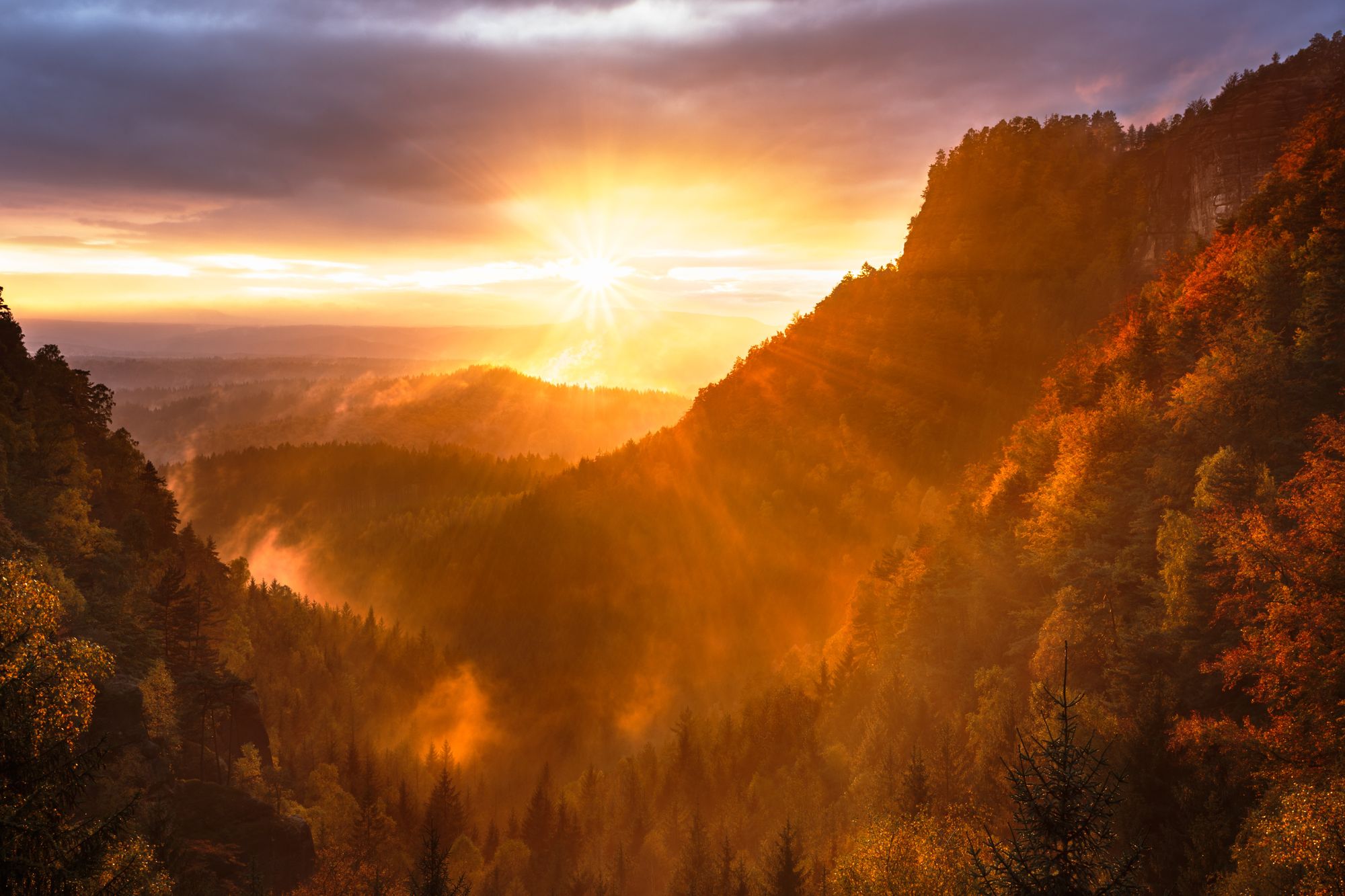
8. Experiment with multiple angles
Look at some nature shots online, and you might end up wondering: why do they look all the same?
Standing out, especially in nature photography, is important. To do this, you should try things that most photographers won’t do. Change the angle of your shots, change the distance you have with your subject, change the aperture of your lens.
Don’t be afraid to experiment, as your shot might end up not only magnificent but also standing out from the rest.
9. Become familiar with relevant camera settings
Practice makes perfect. And it is no different from nature photography.
Once you found a subject or a nice landscape to shoot, don’t hesitate to tweak the different settings of your camera to find the perfect ones according to each situation. It might take some time, but in the end, you will be familiar with the different settings and won’t have a problem switching between them to select the most suitable.
10. Use the rule of thirds
What is the rule of thirds? This composition guideline suggests placing the subject in the left or the right third of an image. This generally leads to well-composed shots, as the subject doesn’t take all the space in the picture, leaving plenty of room for the background scenery.
You can set up this setting quite easily in your camera and sometimes even on your phone.
11. Try from different perspectives
Don’t hesitate to play with the depth of field by changing the aperture of your lens. This could allow you to completely change the scenery of your shots, as it would allow you to switch between a very subject-focused picture, to a more background-focused one.
Experiment with both and see which ones help your subject pop the most.
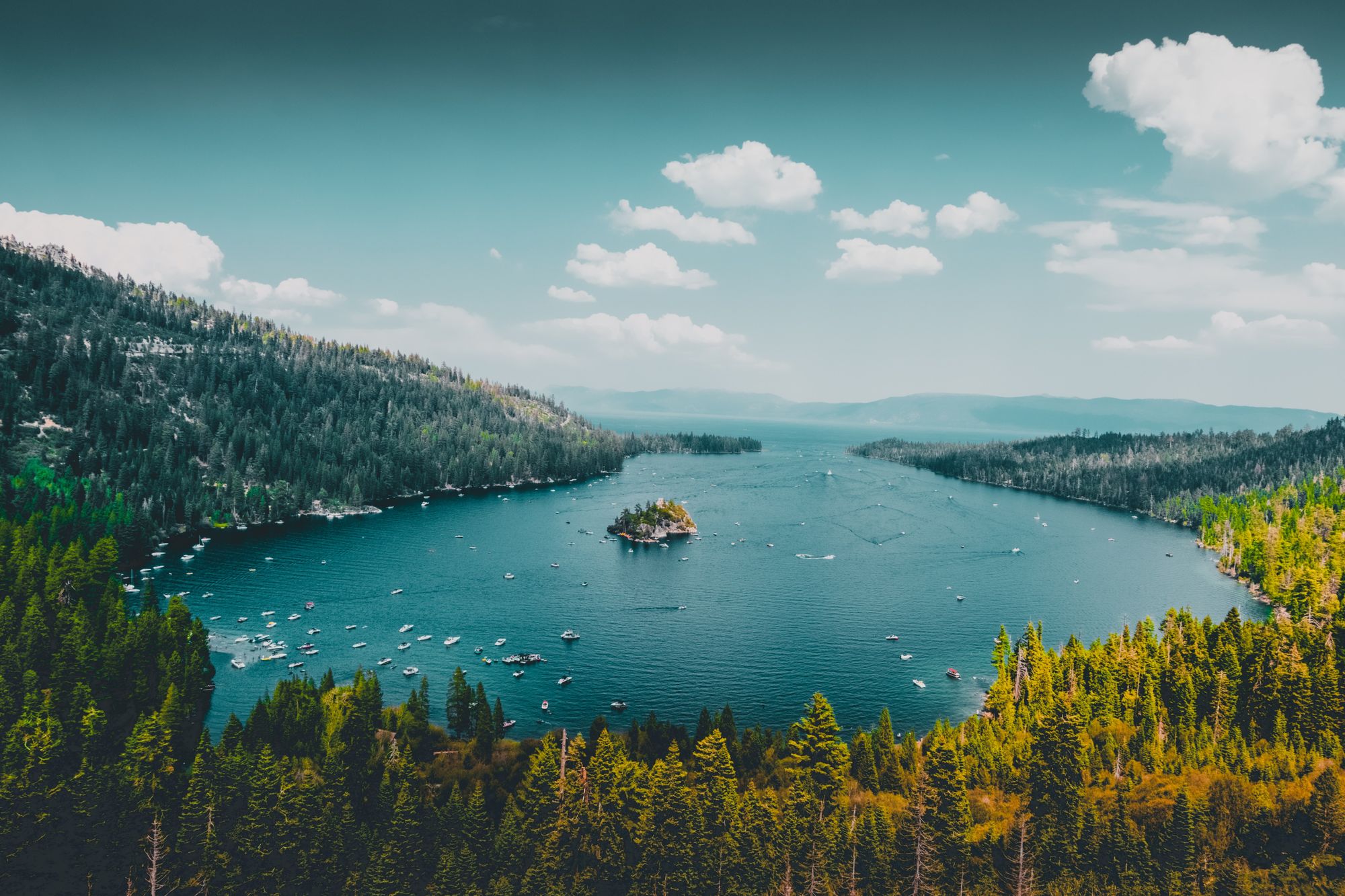
Up next: Wildlife photography
Now that you know everything about nature photography, take your camera, go outside and take the perfect shot!
If you want to learn more about it and its subsidiaries, be sure to check out our article about wildlife photography!
How to make money with nature photography?
Start by working in your free time, by going outside, taking pictures as a hobby. Build a website/portfolio to promote your work, and don’t hesitate to contact journals or websites to sell your work. As you get better, you can start by charging more.
What is a good camera for nature photography?
The Nikon D850 is an excellent camera for nature photography.
How to get into nature photography?
By being passionate about photography, but also you might want to consider getting a fine arts degree in photography.
What is the difference between nature and landscape photography?
Landscape photography is just a specific field of nature photography. Nature photography overlaps landscape, wildlife, and garden photography, just to name a few.





















